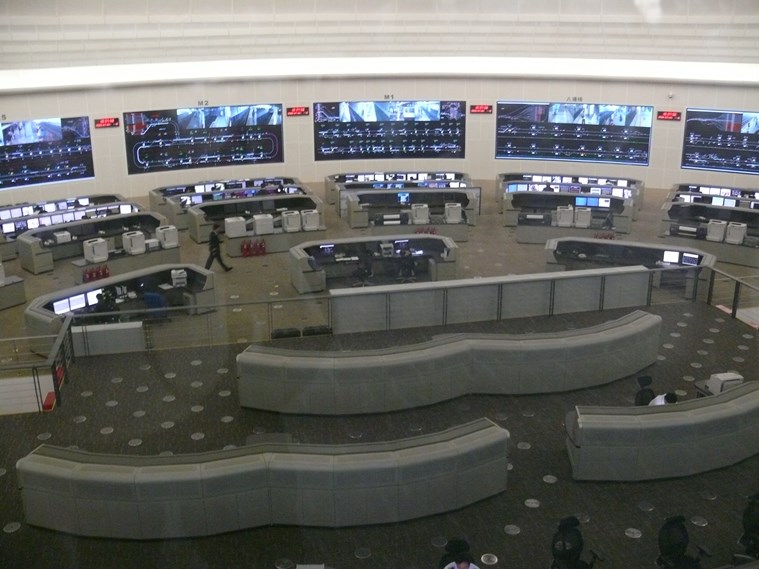The unification of a centralised system with an users-centric approach.

Today, Beijing subway system has 22 lines and 391 stations. Known as one of the longest subway systems in the world, this system is managed not by 1 operator, but by 5 different ones – registering nearly 10 million riders per day, all under the overview of a unified traffic control centre.
With the growing number of new lines in the mid-2000s, there was an imminent need for Beijing to set up a centralised command and control centre that could monitor all its subway lines, including newly completed lines and existing lines running on legacy systems. The service performances of the various metro operators will also be supervised by this central platform.
This would be Beijing’s first centralised Integrated Traffic Control Centre (TCC) and the first phase had to be operational in time for the Beijing Olympics in 2008.
Through rigorous planning and development work with various stakeholders and agencies, the Beijing Traffic Control Centre (BTCC) was delivered successfully in time for Beijing Olympics in 2008. BTCC coupled with a platform to benchmark and monitor all the metro operators’ punctuality, fares and service level, was the first of its kind in the world*.
The successful BTCC shaped today’s Metropolitan Traffic Control Centre (MTCC), which is based on Command, Control and Communication system (C3) technology. It integrates with business analytics solution and enables a city to effectively manage its metro network by providing situational awareness and timely response alerts and actions.
*Information as at 2008
Learn more about our Smart Metro solutions.
Contact us